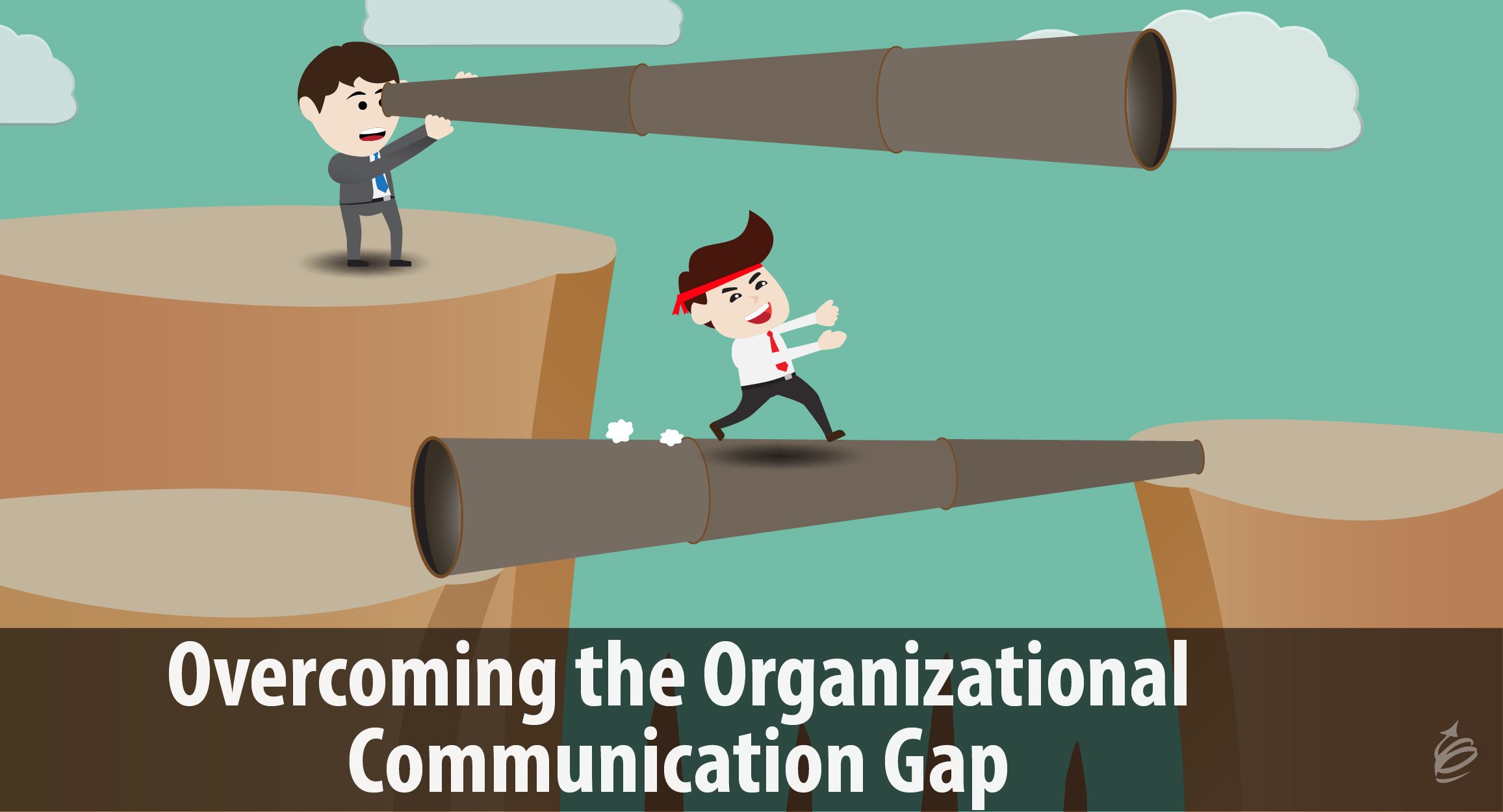 I’ve been working with people in all levels of organizations for nearly thirty years – from CEO’s to middle managers, from frontline employees to first level leaders. And the single most common concern I’ve heard across all those people, across all those years is: communication in the organization.
I’ve been working with people in all levels of organizations for nearly thirty years – from CEO’s to middle managers, from frontline employees to first level leaders. And the single most common concern I’ve heard across all those people, across all those years is: communication in the organization.
I’ve worked with organizations where it truly is awful, and with organizations where it is relatively good; and so while the problem might be relative; it is a problem as seen by everyone.
We all want to have better communication in our organizations.
There are lots of reasons we feel this way, not the least of which is that communication is hard when there is just two people, so when there are 10, 100 or 100,000 people involved, it can’t help but be complex. This article isn’t really about the gap – we all agree it exists, and it isn’t about explaining why the gap exists either. This article is about what we all can do about it – regardless of our role in the organizations.
For Leaders
Communicate more. If there is a communication gap, this would be a good place to start. Remember that communication of strategies, decisions, information and context is a significant part of your job. Be more conscious about what you need to communicate, then communicate it, and communicate it again.
Communicate in different ways. OK, you sent them an email and you feel like you communicated the message. Do you read all the emails you receive thoroughly? Communicate your message in different media and in different ways. Here’s just one example: when was the last time you used a story or example to make your point clearer?
Don’t assume they know. Leaders often have mulled a decision for a long time. Once they have made it, they often assume everyone else knows. And sometimes they share something once and expect everyone to see all of the connections to other strategies and plans the way they do. These are both examples of leaders expecting people to read their minds. You hired people to do lots of things, but I’m guessing mind reading wasn’t in the job description. Leaders don’t mean to make these assumptions, but they do it all the time.
Ask clarifying questions. Since communication is about message sent and message received, you need to make sure it gets received. Ask questions to make sure people understand. Open the lines of communication so people feel comfortable asking questions too. This applies one-on-one and in groups of all sizes. As a leader, you want to be asking questions all the time to ensure improved communication flow.
For Team Members
Ask questions. If you don’t feel like you know what is going on, you can either shake your head and complain about “the lack of communication around here” or you can ask questions. If you don’t know about something, ask.
Communicate yourself. Guess what? Leaders feel the communication gap too. If you want them to communicate more with you, make sure you aren’t perpetuating the problem by being close-lipped yourself, or thinking you don’t have time to communicate. Communication is everyone’s job in the organization.
Give feedback. When communication has been successful, let people know. When you are unclear, or you received some messages later than you wished, let people know that too. One of the best ways you can improve the communication in your organization is engage in it, and give feedback on how it is going.
For Everyone
Assume positive intent. As a third party to many conversations about organizational communication, I see the assumption of intent as a huge cause of disconnect. If you want better communication with others, assume they are telling the truth. Assume they aren’t withholding information for nefarious reasons. Assume that everyone is trying to communicate successfully, even when it doesn’t happen. Is that 100% accurate? Maybe not. But if you have “decided” there is ill intention first, it makes the flow of communication harder before it even begins. If you can shift the assumption of intention to a more positive place, organizational communication will improve immediately. (Tweet That)
Remember it is hard. When we know something is hard, we work at it and give others a break. Yes, we can hold ourselves to a high standard, and for something this important we should; and yet when we remember it is hard, we will get past the communication misses more easily.
Remember it is everyone’s job. Communication requires a sent message that is received and understood. Improving organizational communication is everyone’s job, and when everyone realizes that, improvement is possible.
Overcoming the organizational communication gap isn’t something for leaders and supervisors to solve – it is a problem that everyone plays a role in so everyone can help improve. If you would like the communication in your organization to improve, read this again. Think about the role you play and how you can do your part to close the gap. When you do, everyone will win.

Thanks for sharing your insights, Kevin!
Another great article with very practical advice.
My Feedback: Very inspirational and also positive, because closing the communication gap is possible if you can believe that communication matters and that people need to be easily communicated, in order to have opportunity to ask questions and give feedback.
Question: which people, in what countries are more open to communicate and think about possibilities to make communication easier? ( is there any research done?)
Arianda – Thanks for your note. I am not aware of this type of research. If anyone reading is, please share!